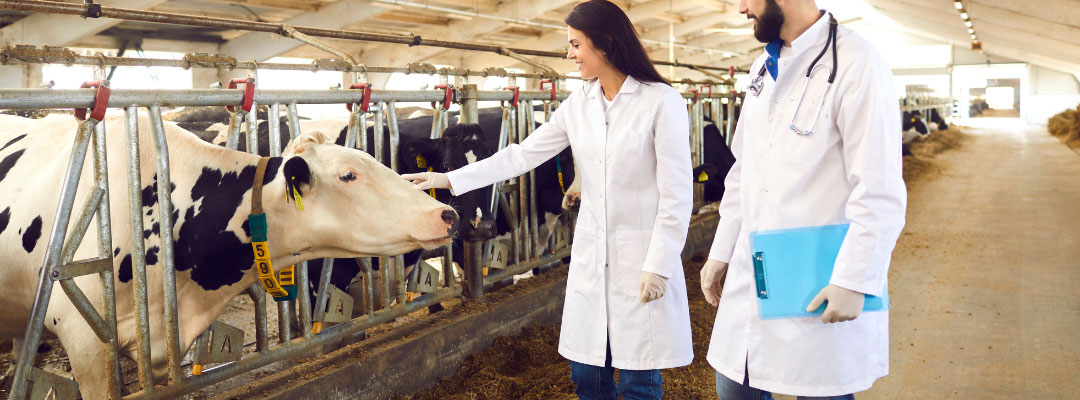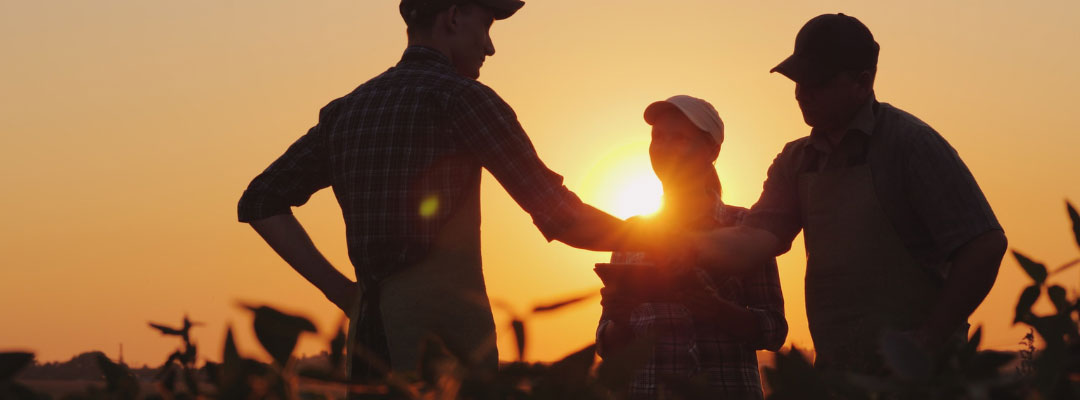On October 18, 2022, USDA announced the implementation of Section 22006 of the Inflation Reduction Act of 2022. The Act provides up to $3.1 Billion in funding to the Secretary of Agriculture to provide payments for the cost of loans or loan modifications for distressed borrowers of USDA Farm Service Agency (FSA) administered direct or guaranteed loans. The distressed borrowers include borrowers eligible for loan modifications defined in the House passed Build Back Better Act and borrowers whose operations are at financial risk. Financial risk is further defined to include borrowers as of August 16, 2022, who are 60 days or more delinquent, undergoing bankruptcy, foreclosure, loan restructuring, and owe USDA more interest than principal. There are different groups of distressed borrowers; the grouping will determine if, when, and how much of a program payment will be applied to their outstanding debt. For many distressed borrowers, the program payment will be applied to the debt to make the loans current (no longer delinquent).
The announcement indicated that almost $800 million has either already been used or is earmarked to identified distressed borrowers. These program payment(s) will provide immediate relief to America’s farmers and ranchers with USDA FSA direct and guaranteed loans which are financially distressed. USDA officials say over 13,100 borrowers have received immediate relief through automated payments. Additionally, about 1,600 borrowers with more complex cases have the potential to benefit from some form of relief. To learn more about the announcement, view FSA’s factsheet on the announcement, https://www.farmers.gov/sites/default/files/2022-10/farmersgov-fsa-ira-distressed-borrower-assistance-factsheet.pdf.
The farmer and rancher relief is viewed as a program payment, and USDA FSA program payments, even applied directly to debt servicing, create a taxable event. The program payment is considered ordinary earned income subject to Self-Employement tax. Impacted borrowers should expect to receive a 1099-G (1099s are required to be sent out for all costs of $600 or more in a year) and a 1098 (if interest was paid as part of the program payment) in early 2023. To enhance support of America’s farmers and ranchers, USDA partnered with tax experts from the National Farm Income Tax Extension Committee to provide resources detailing the important relationship between federal income taxes and USDA farm programs: https://www.farmers.gov/working-with-us/taxes
To offer added support and trainings, FSA entered into a cooperative agreement with the University of Arkansas Division of Agriculture to develop a tax education and asset protection program. The agreement resulted in a newly created technical assistance program called Agricultural Finance, Tax, and Asset Protection (AgFTAP). AgFTAP seeks to enhance farmers’ and ranchers’ ability to understand and navigate the farm business tax and asset protection strategies for their operations. To learn more about the program and its collaborators, visit the AgFTAP portal, https://agftap.org/. The project features a collaboration between educators and the National Farm Income Tax Extension Committee, which offers a collection of tax guidance on its RuralTax.org website. Selected resources, publications, webinars, decision aids, etc., developed by the tax committee will be featured on the AgFTAP portal. For example, individuals interested in understanding 1099s and their tax treatment can view a resource posted on the portal, 1099s.pdf (ruraltax.org). Future AgFTAP resources and training will help farmers and ranchers understand their risk environment and identify resources/expertise to inform their decisions.
Kantrovich, Adam, and Ron Rainey. “Immediate Relief for Financially Distressed FSA Farm Loan Borrowers.” Southern Ag Today 2(43.5). October 21, 2022. Permalink






